
Your cart is empty!
Showing 1–8 of 11 results
 برای سفارش و اطلاع از قیمت با ما تماس بگیرید
برای سفارش و اطلاع از قیمت با ما تماس بگیرید
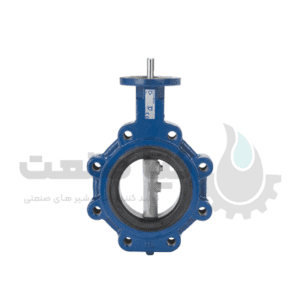 برای سفارش و اطلاع از قیمت با ما تماس بگیرید
برای سفارش و اطلاع از قیمت با ما تماس بگیرید
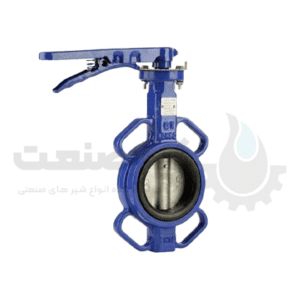 برای سفارش و اطلاع از قیمت با ما تماس بگیرید
برای سفارش و اطلاع از قیمت با ما تماس بگیرید
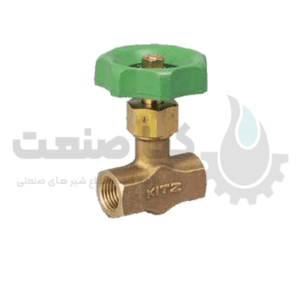 برای سفارش و اطلاع از قیمت با ما تماس بگیرید
برای سفارش و اطلاع از قیمت با ما تماس بگیرید
 برای سفارش و اطلاع از قیمت با ما تماس بگیرید
برای سفارش و اطلاع از قیمت با ما تماس بگیرید
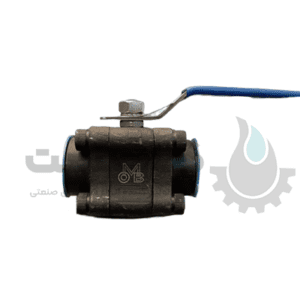 برای سفارش و اطلاع از قیمت با ما تماس بگیرید
برای سفارش و اطلاع از قیمت با ما تماس بگیرید
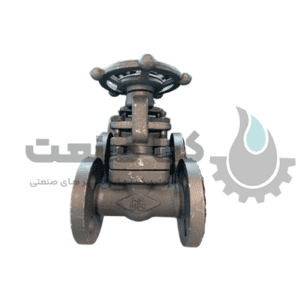 برای سفارش و اطلاع از قیمت با ما تماس بگیرید
برای سفارش و اطلاع از قیمت با ما تماس بگیرید
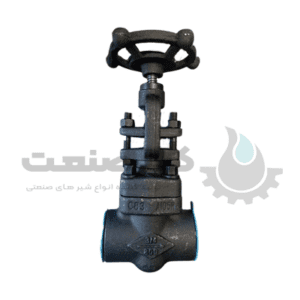 برای سفارش و اطلاع از قیمت با ما تماس بگیرید
برای سفارش و اطلاع از قیمت با ما تماس بگیرید
Manual valves are manually operated valves used in fluid control systems to stop or restrict the flow of liquids or gases.
They operate by turning or turning a handle or lever by hand that opens or closes the valve body.
Manual valves are commonly used in plumbing, HVAC, industrial and process applications where remote or automatic control is not required or possible. They are available in different types and sizes including ball valves, gate valves, globe valves, needle valves, etc.
Gate Valve: A valve that controls fluid flow by raising or lowering a gate or wedge in the flow path.
Globe Valve: A valve that allows fluid to pass through a straight line closure mechanism via a disc (or plug) that can be raised or lowered by a threaded stem.
Ball valve: It is a valve that uses a ball-shaped disk to control the flow and has a lever or handle to control the position of the ball.
Gate Valve: A valve that controls fluid flow by raising or lowering a gate or wedge in the flow path.
Globe Valve: A valve that allows fluid to pass through a straight line closure mechanism via a disc (or plug) that can be raised or lowered by a threaded stem.
Ball valve: It is a valve that uses a ball-shaped disk to control the flow and has a lever or handle to control the position of the ball.
Diaphragm valve: A valve that uses a flexible diaphragm to seal the valve and control flow.
Pinch Valve: A valve that controls flow by squeezing a flexible tube or sleeve with a mechanism at the top of the valve.
Angle valve: It is a valve that changes the flow direction by 90 degrees using a plate perpendicular to the flow direction.
Pressure Relief Valve: A valve that opens automatically when the pressure in a system exceeds a set limit to protect the system from overpressure.
Hand valves are used in various industrial applications such as:
Isolation valves: These valves are used to isolate different parts of pipelines, machines or systems from each other. They are used for maintenance purposes or to prevent fluid flow in an emergency.
Adjustment valves: These valves are used to adjust the flow or pressure of fluids in a system. They are often used in HVAC systems, water distribution networks, and chemical processing plants.
Control valves: These valves are used to control fluid flow in response to an external signal. They are often used in automated systems that require precise control, such as power plants, refineries, and pipelines.
Relief Valves: These valves are used to release excess pressure or prevent a vacuum from forming in a system. They are often used in chemical processing, oil and gas extraction, and power generation industries.
Backflow prevention valves: These valves are used to prevent contaminated or contaminated water from returning to the drinking water source. They are commonly used in municipal water systems, irrigation systems and fire protection systems.
Check valves: These valves are designed to allow fluid flow in one direction only, which prevents backflow and protects downstream equipment. They are often used in water treatment plants, pipelines and automatic fire sprinkler systems.
You can find a variety of manual faucets from کیاصنعت تهیه کنید.
Copied to clipboard